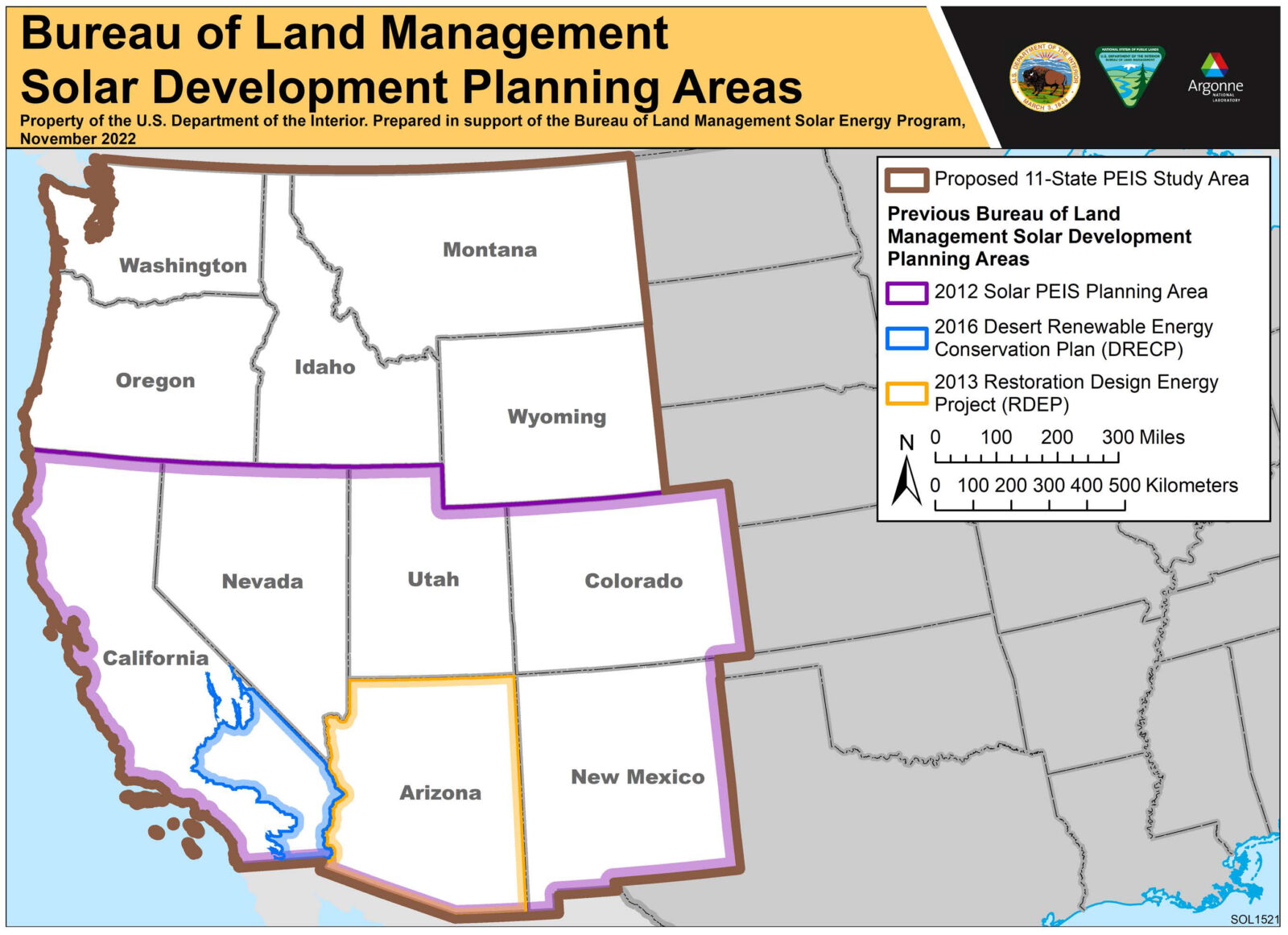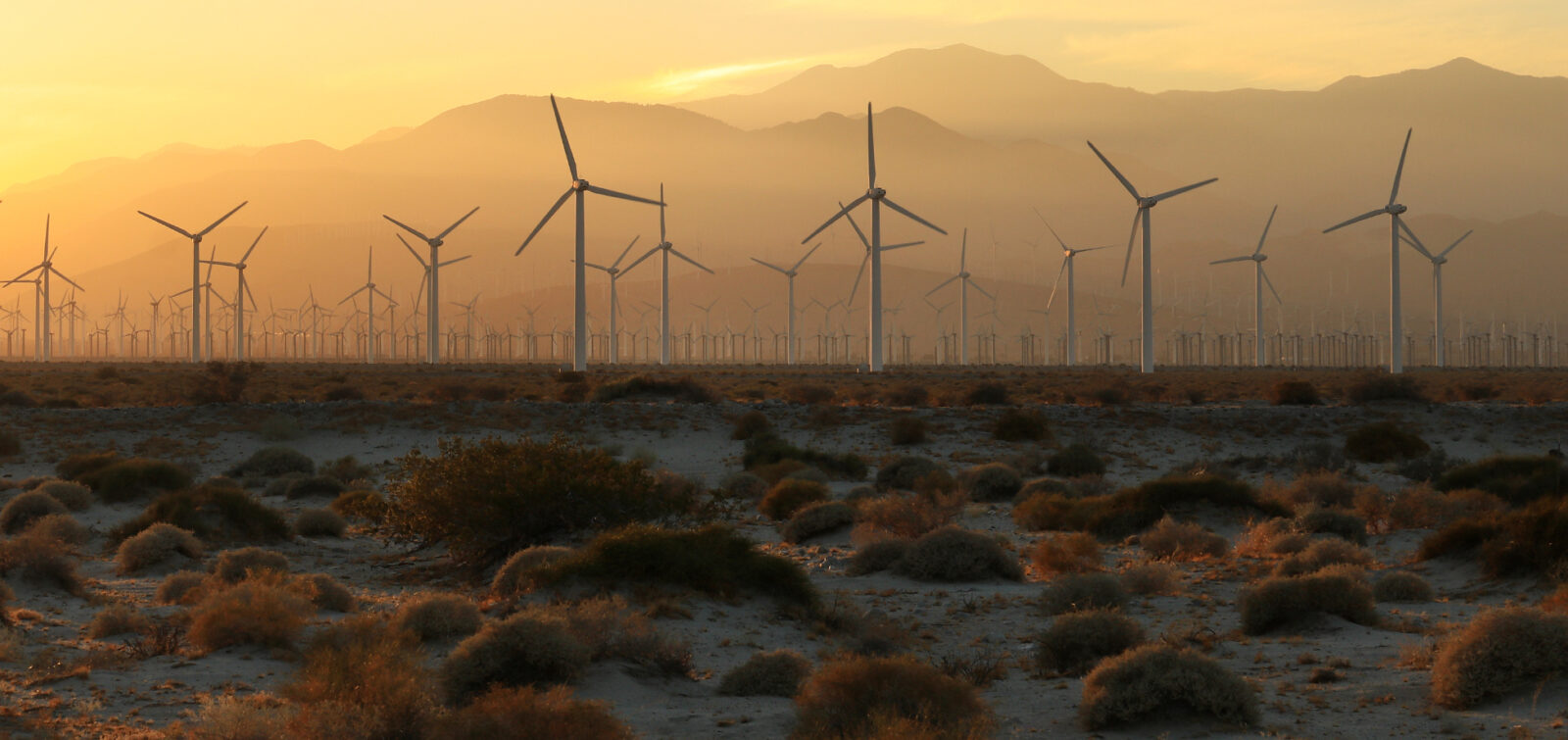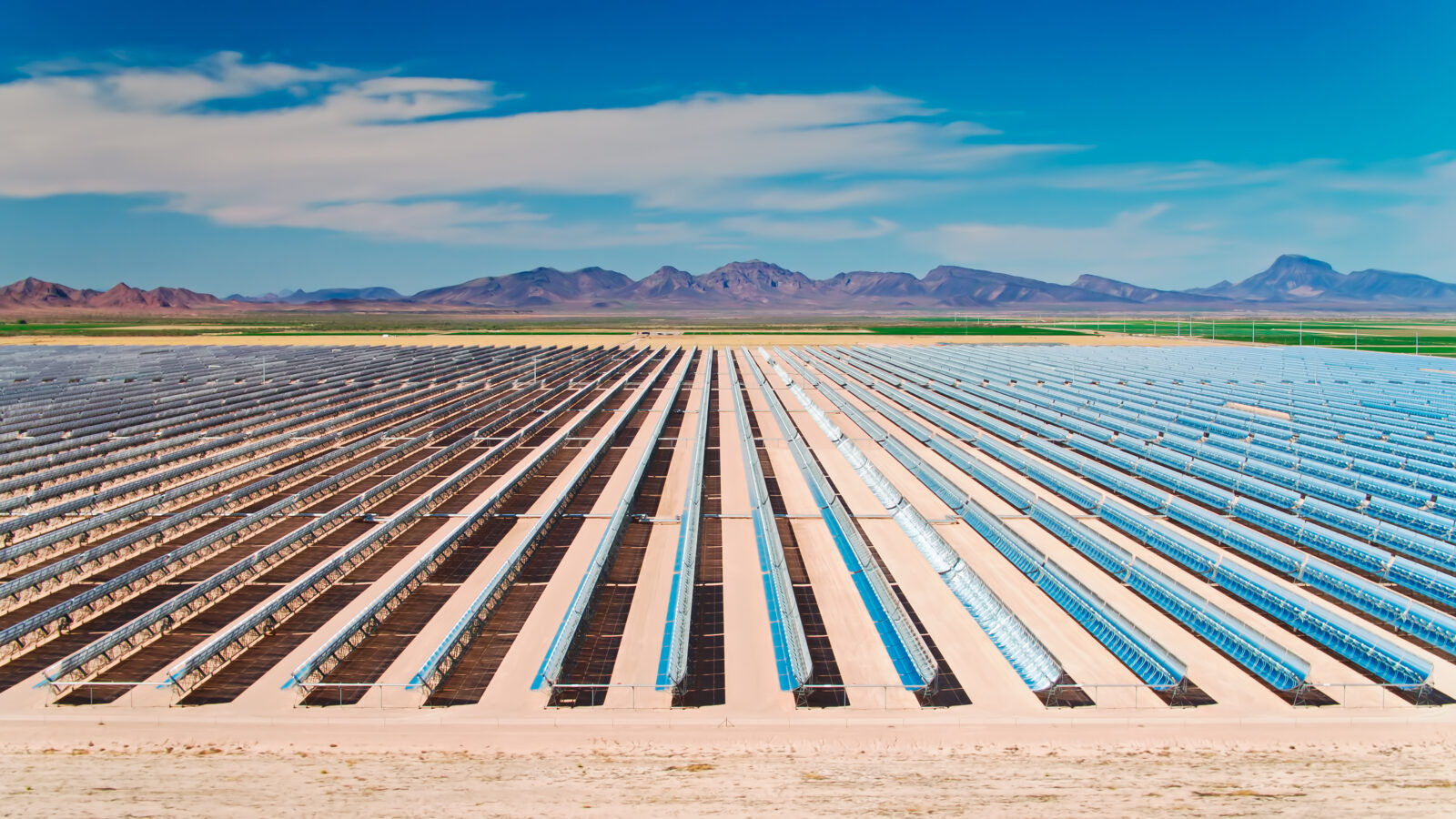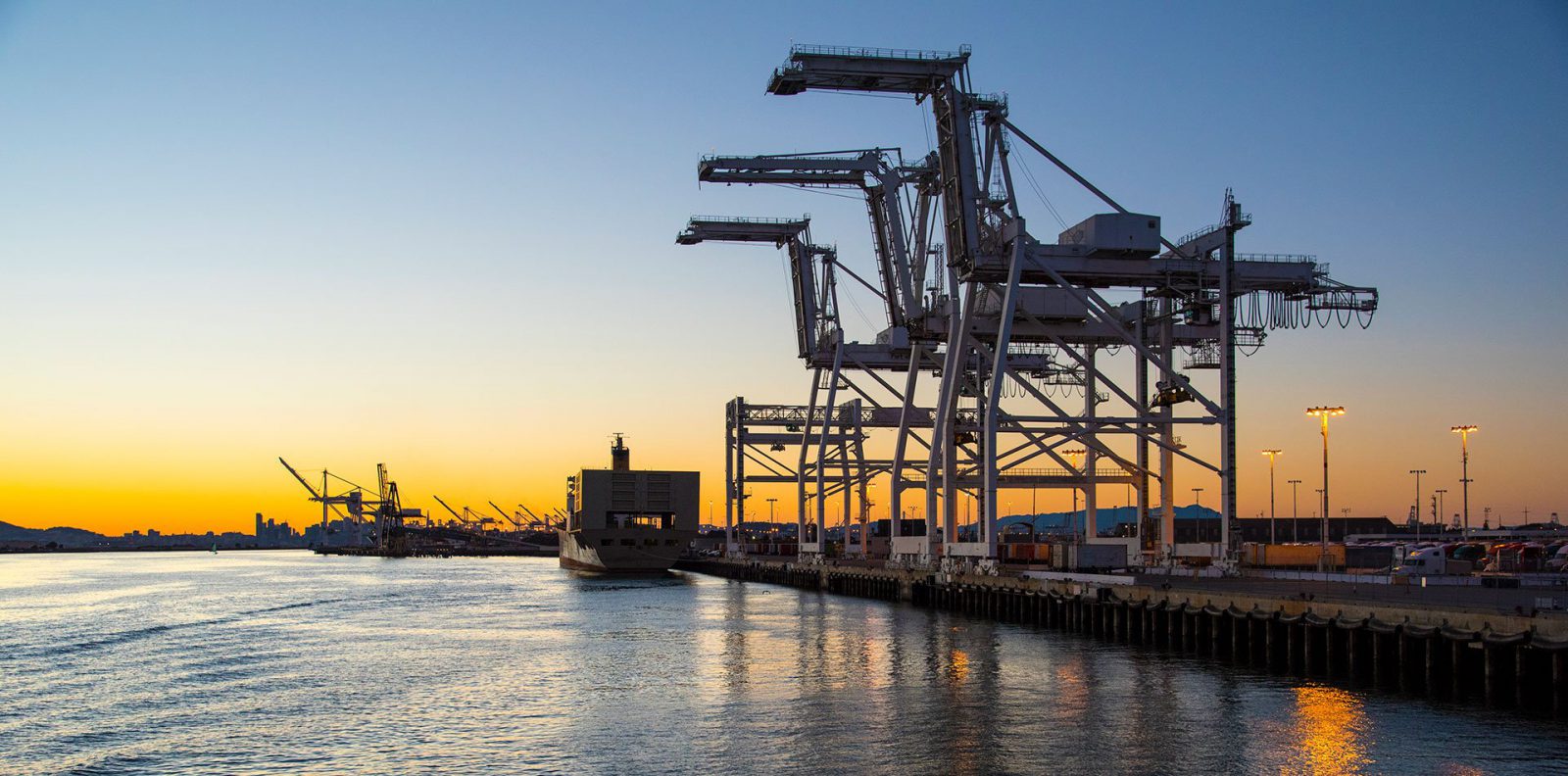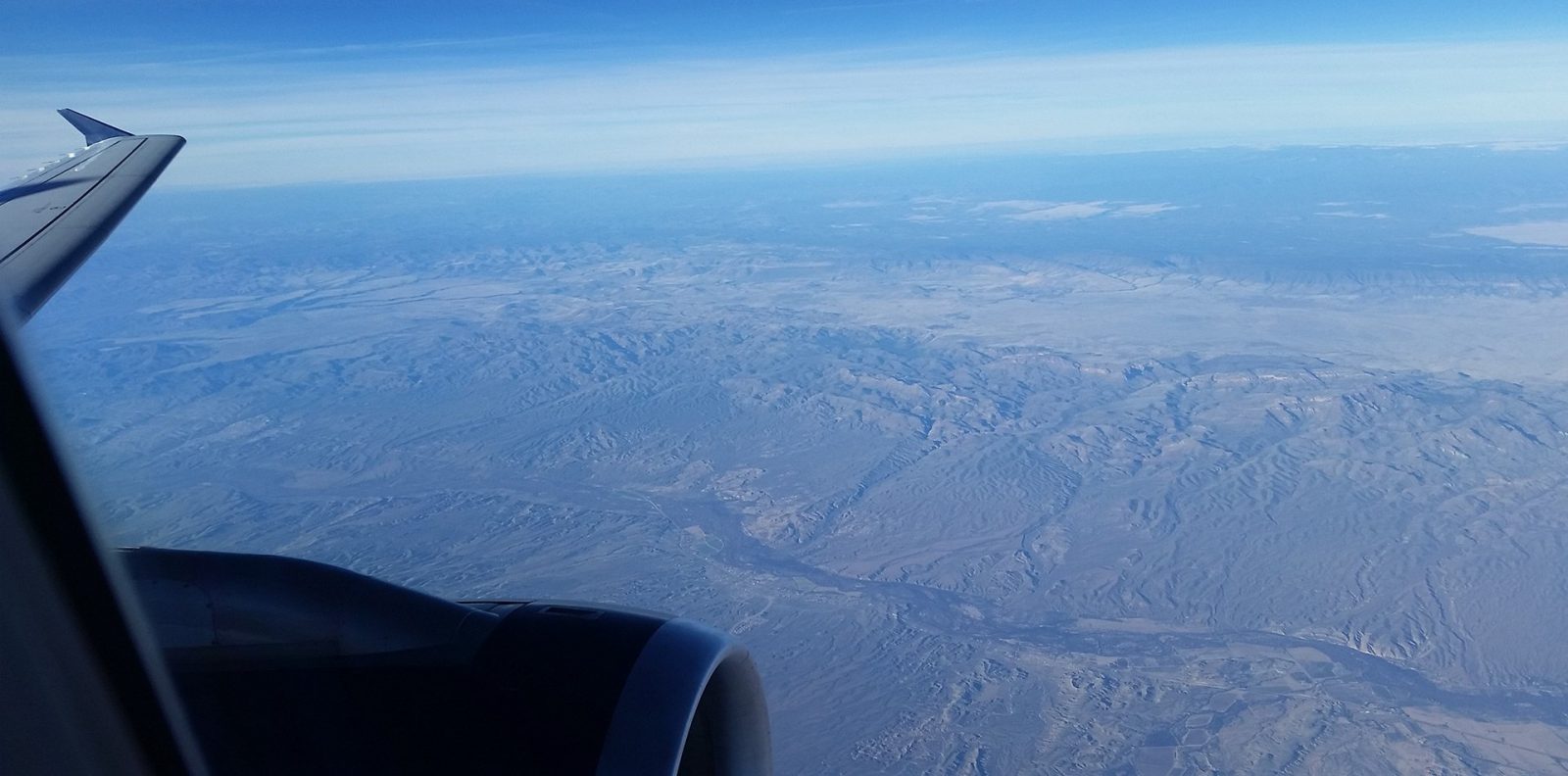The Bureau of Land Management (BLM) oversees about 245 million acres of public land in the West and has a critical role in the Nation’s pivot to utility-scale renewable energy. As of March 2024, the BLM has approved 120 renewable energy projects, with a combined generating capacity exceeding 12 gigawatts (GW) of renewable energy. Targets set in various federal and state goals however are much higher and, as of January 2024, the BLM is actively reviewing an additional 23 GW of production capacity in the form of 39 proposed renewable energy projects (including 26 solar, 3 wind, 6 geothermal, and 4 dedicated transmission line projects, known as “gen-tie”). These are anticipated to receive an agency decision by 2025.
This signifies a substantial amount of renewable energy production is under review and is in the pipeline. But renewable energy advocates maintain that project reviews are taking a lengthy time to complete and thus projects are not coming online quickly enough to replace fossil fuel energy sources that produce greenhouse gases. Last summer, we detailed how the BLM is working to improve environmental review procedures for new utility-scale solar energy development on public lands by revising the Western Solar Plan Programmatic Environmental Impact Statement (Plan).
BLM’s work on the Plan continues, as demonstrated by their recently published draft, by assessing additional land available for application for solar energy production in 11 Western States (Arizona, California, Colorado, Nevada, New Mexico, Utah, Idaho, Montana, Wyoming, Oregon, and Washington). Five action alternatives are analyzed in the draft Plan. Cultural and biological resources are considered along with characteristics like slope, previous disturbance, and distance to existing or designated transmission.
Lands that would be made available for application range from 8 million to 55 million acres and vary under each alternative depending on how the above-mentioned characteristics are weighed. The preferred alternative accounts for resources, slope, and distance to transmission and strikes a middle ground, offering 22 million acres available for application. The draft Plan is available for public comment until April 18, 2024.
The BLM continues this complex planning work at the same time agency staff are experiencing an enormous workload reviewing individual renewable energy project applications. Simultaneously, the BLM is experiencing mass vacancies due to labor market conditions and an aging workforce resulting in a surge in retirements. The BLM works on project applications as they are received, but in this situation, submittals that meet BLM expectations and requirements are the most assured to move more quickly through the review process and receive timely approvals.
ESA has a cadre of planners, cultural resources specialists, biologists, and technical experts who are experienced in working with the BLM and stay informed of changing federal requirements and utility-scale renewable energy review procedures. Let us know how ESA can help bring your project forward to successful development. Reach out to Tony Overly, Cultural Resources Practice Leader, to get started.

